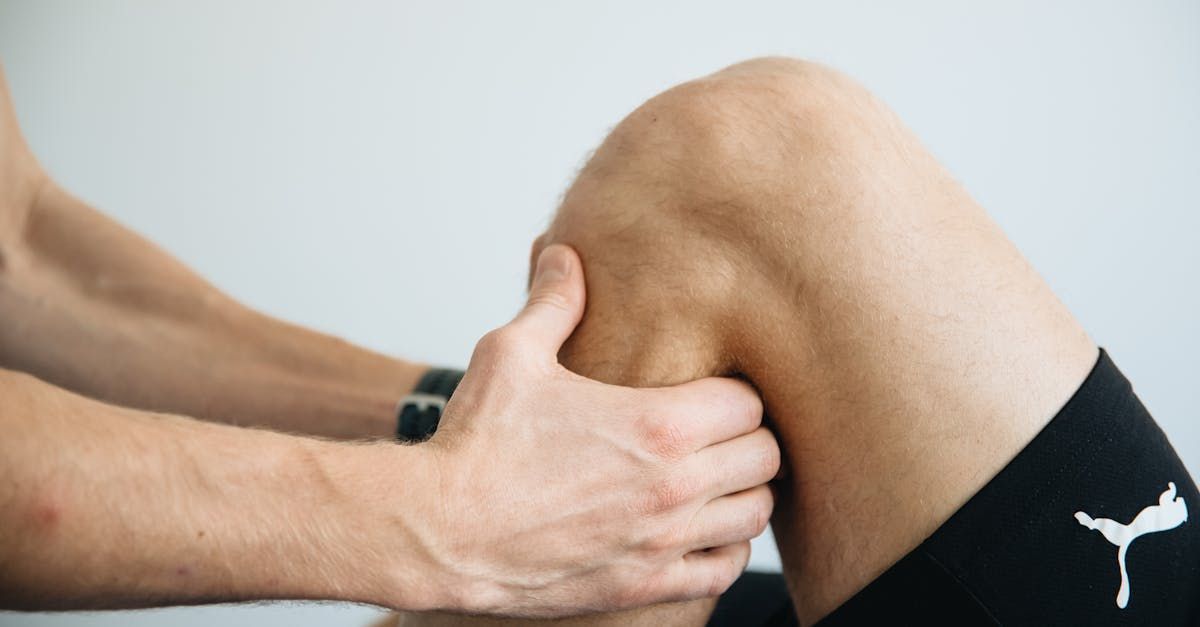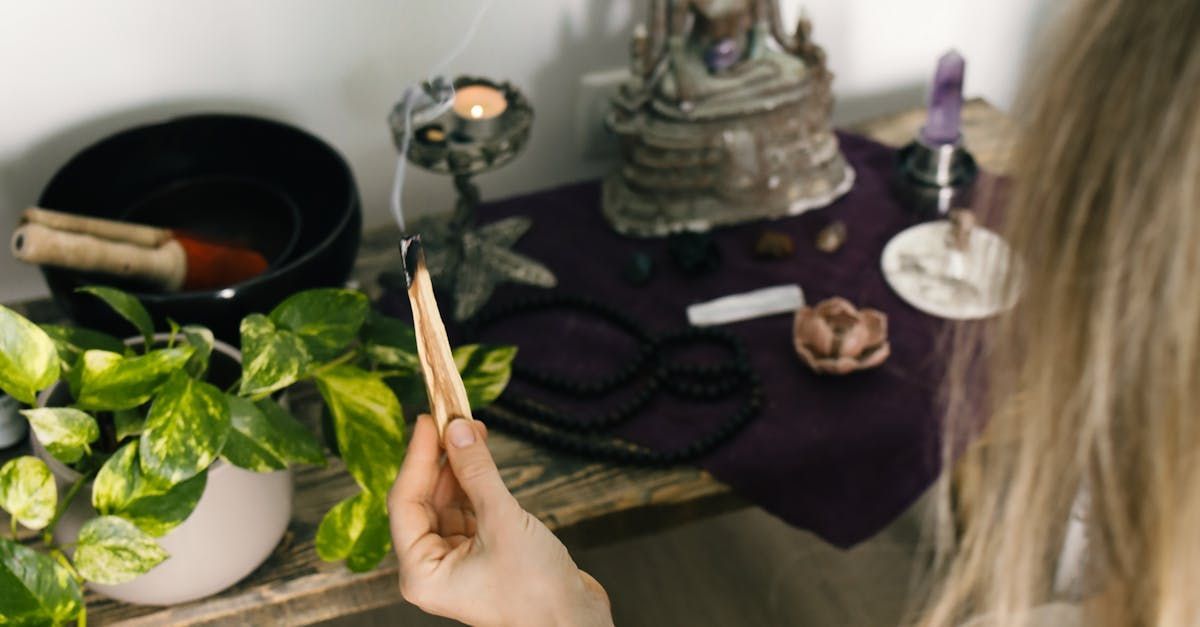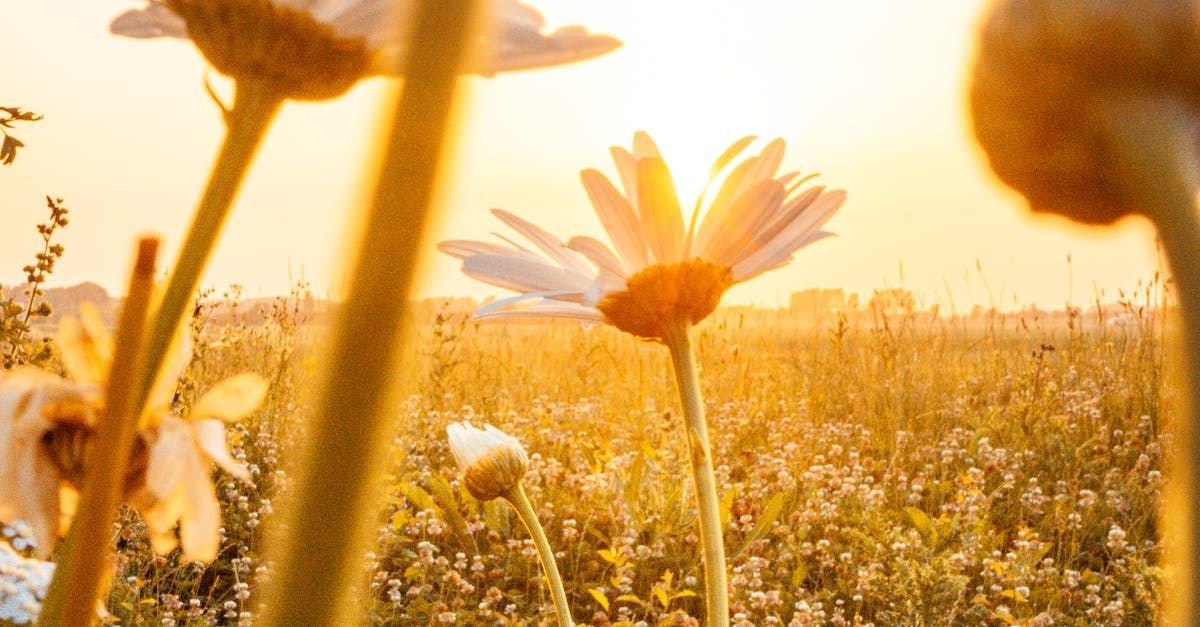



As the warm, expansive days of summer begin to shorten, there’s a noticeable shift in energy. Can you feel it?
Summer, with its long days and open schedules, invites us to spread out, explore, and savour the spaciousness of time. It’s a season that embodies freedom—a time when routines soften, and the daily grind feels a little less demanding. However, as the school year approaches, we find ourselves transitioning from this flow into a more structured rhythm. For many, this shift is met with resistance.
Understanding Resistance: A Natural Part of Change
Resistance is a natural response to change, especially when moving from a state of freedom into one of routine. In yoga, resistance can be viewed through the lens of tapas (NOT the Spanish nibbles!), one of the Niyamas or personal observances in Patanjali’s Yoga Sutras. Tapas refers to the disciplined use of our energy, often translated as “fiery discipline.” It’s the heat that builds up when we confront our edges, pushing through discomfort to grow and transform.
During this transition from summer to the new school year, resistance is the friction we feel when our laid-back summer habits collide with the demands of a more scheduled life. It’s the reluctance to trade in late mornings for early alarms, or the hesitation to let go of the spontaneity that summer allows. Acknowledging this resistance, rather than fighting it, is key to navigating this seasonal shift with grace.
A Ritual for Transition: Creating Space for Both Freedom and Structure
To ease the transition, it’s helpful to create a ritual that honours both the freedom of summer and the structure of the school year. This ritual can help you mindfully embrace the change rather than resist it. Here’s a simple practice to help you ground yourself during this time:
Yoga Philosophy: Finding Balance Between Freedom and Discipline
Yoga teaches us that balance is not about rigidly holding one position, but about fluidly moving between opposites—freedom and discipline, effort and ease.
The Bhagavad Gita, a key text in yoga philosophy, speaks to this balance: “Yoga is the journey of the self, through the self, to the self.” This journey often requires us to navigate the push and pull of life’s demands, finding our center amidst the shifts.
In your transition from summer to the school year, consider how you can maintain a sense of spaciousness even within a structured routine. Perhaps it’s through mindful breathing, taking small moments throughout the day to reconnect with yourself, or setting aside time for creative pursuits that bring you joy.
As you move into the school year, carry this quote from the Bhagavad Gita with you: “Better indeed is knowledge than mechanical practice. Better than knowledge is meditation. But better still is surrender of attachment to results, because there follows immediate peace.”
This reminds us that while discipline and routine are important, peace comes from surrendering our resistance and flowing with the rhythm of life.
Transitioning from the freedom of summer to the structure of the school year can feel challenging, but it also offers an opportunity for growth. By embracing resistance and finding ways to integrate both freedom and structure into your life, you can move through this seasonal shift with greater ease. Remember, it’s not about choosing one over the other, but about finding harmony between the two. With mindfulness, intention, and a little bit of yoga, you can create a balanced and fulfilling start to the new school year.


